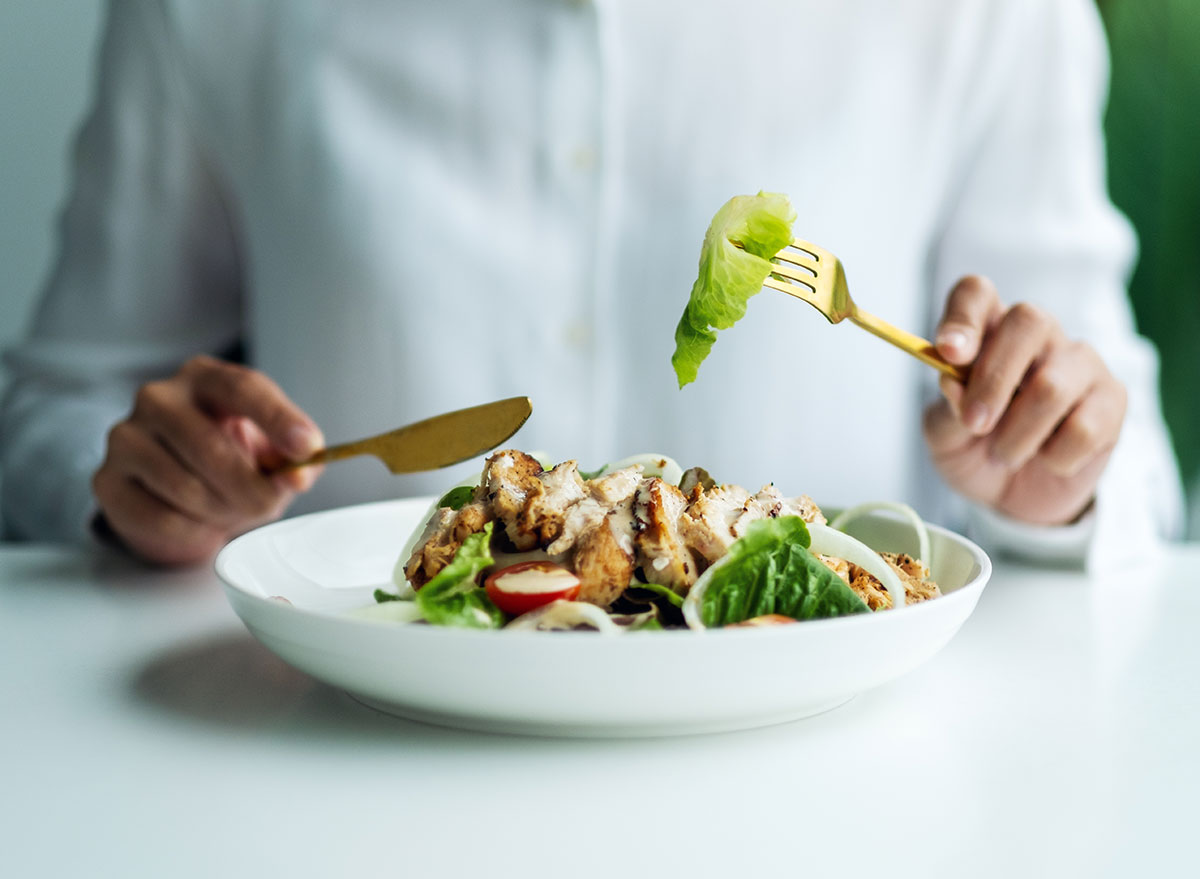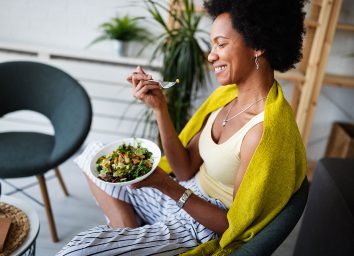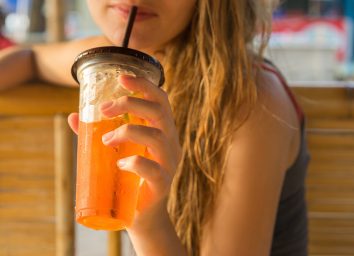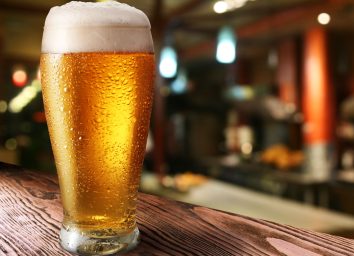The #1 Best Diet for a Toned Body, Says Dietitian

Ask a random sampling of folks whether they’d like to get a leaner body, and we’d bet most would say yes. Having lean, toned muscles is not only a desirable look, it also comes with benefits like increased strength, better bone density, and faster metabolism.
You may assume that toning up your muscles, Olympian-style, involves dietary gymnastics like following a pre-set meal plan to the letter or loading up on expensive shakes. But the truth is, to get a body that’s a lean, mean muscle machine, you don’t have to jump on any diet bandwagons. We’re not saying you won’t have to make any changes to your intake to get ripped, but trendy diets—we’re lookin’ at you, keto, Paleo, carnivore diet, etc.—aren’t the only route to a toned, bodybuilder-esque physique.
Instead, science shows that any diet that’s high in protein and moderate in healthy fats and complex carbs gets results. How you arrive at this balance of these three macronutrients is up to you (whether you call it Paleo, a bodybuilder diet, or just “regular Joe’s get-fit meal plan”).
So what does this macronutrient breakdown look like in real life? For starters, you’ll want to take a good, hard look at your protein intake. The Dietary Reference Intake (DRI) for protein is 0.8 grams per kilogram of body weight—but this level is set merely for the maintenance of basic health, not for muscle building. Research suggests that to create leaner muscle mass, it’s best to target your protein intake at anywhere from 1.6 to 3.1 grams per kilogram of body weight. This should land you with about 20% to 35% of your daily calories from protein. Good protein choices include lean meats like beef or pork tenderloin, chicken, turkey, fish, eggs, and soy foods.
As for fats, they’re not your enemy! A study in the Journal of the International Society of Sports Nutrition found that most bodybuilders responded best to a diet that included 15% to 30% of total calories from fat.
Still, not all fats are created equal. Try focusing on foods high in monounsaturated and polyunsaturated fat, which are more beneficial for heart health and overall inflammation levels than the saturated or trans varieties. We’re talking avocados, nuts, seeds, fatty fish, and olive oil. (Don’t miss our list of 20 Healthy Fat Foods That Won’t Make You Fat!)
Once you’ve established your target levels of protein and fats, carbohydrates can fill in the remaining space in your diet. Just like fats, though, the carbs on a lean-body diet shouldn’t be chosen willy-nilly. Complex carbohydrates from foods like whole grains, beans and legumes, fruits, and vegetables (instead of the refined variety in foods like white bread, pasta, and sweets) will keep you full and satisfied. This helps prevent overeating—which you certainly don’t want on a lean-body diet.
Finally, don’t forget that you can’t (only) eat your way to the “tone zone”—you do have to put in the work at the gym, too. A combination of diet and exercise work together to create the lean, svelte body you’ll feel great living in.
For more healthy eating tips, read these next:








